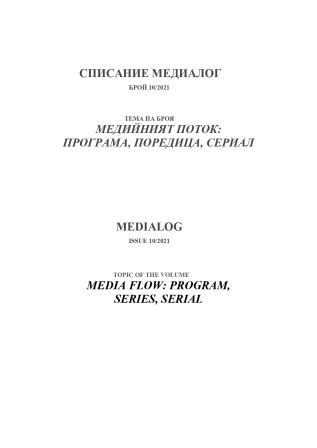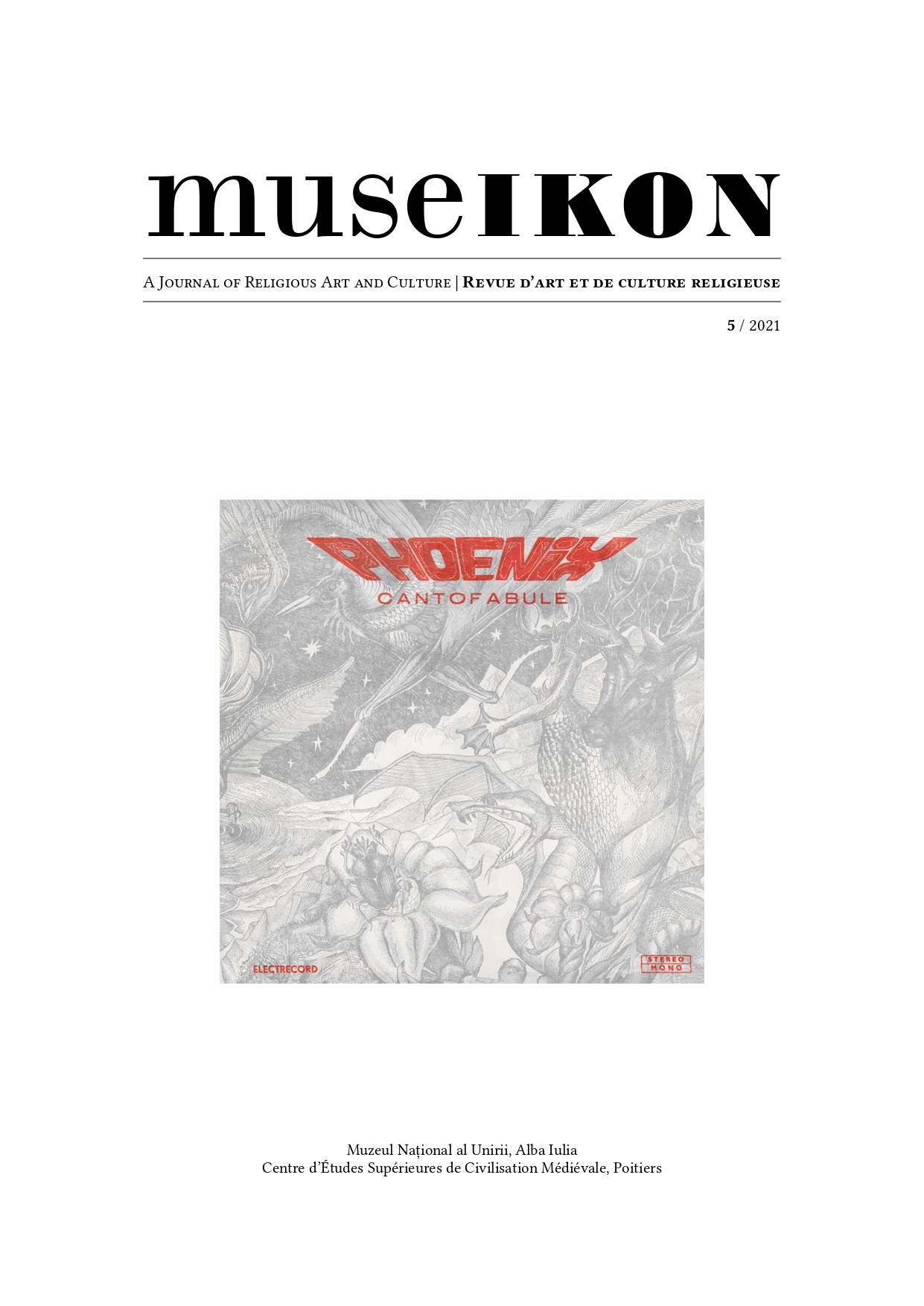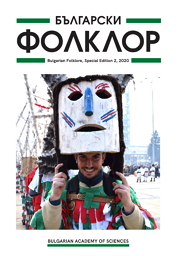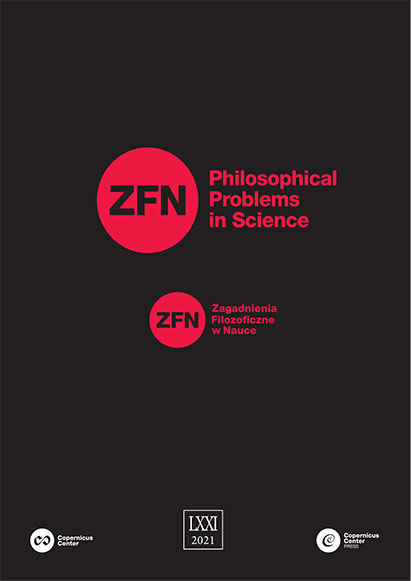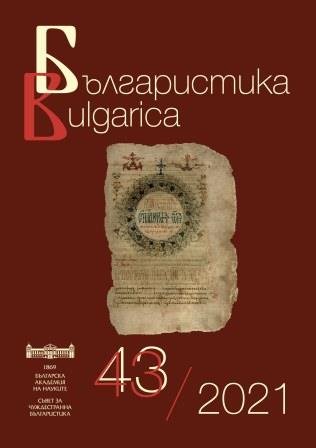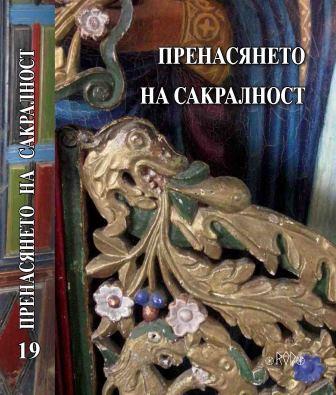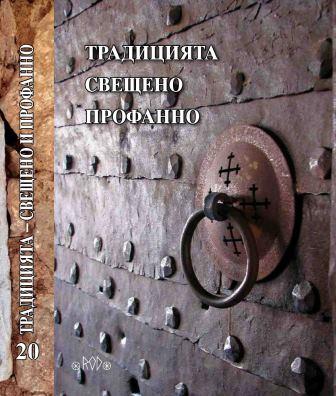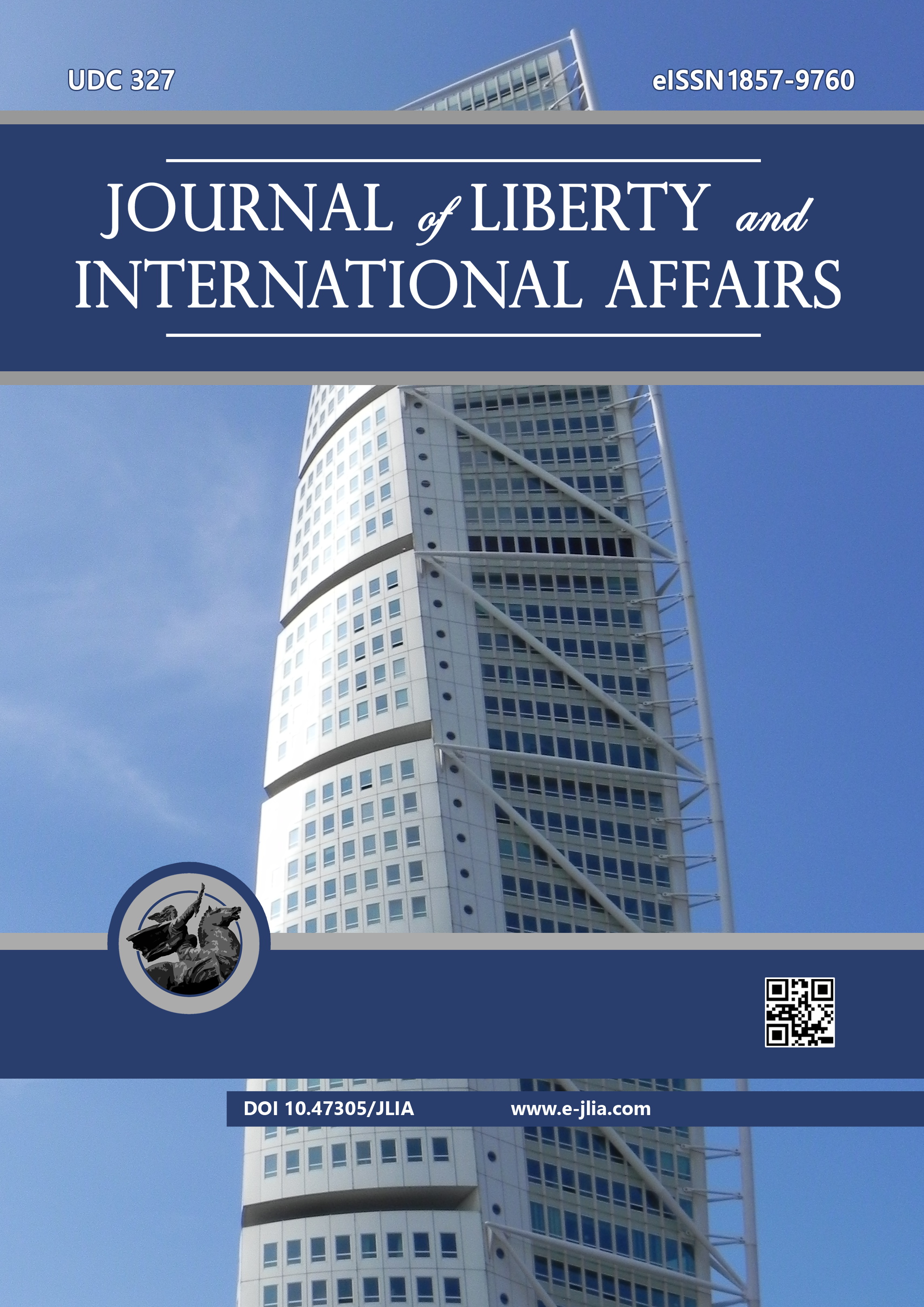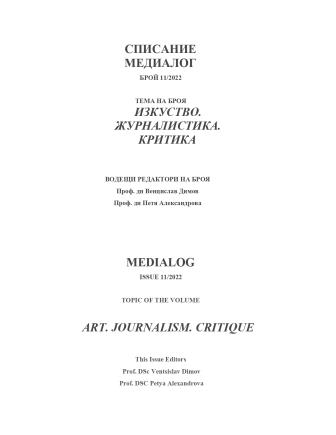Author(s): Elisabeth Lili Ochsenfeld / Language(s): English
Issue: 5/2021
Born in 1951 in Timișoara, Elisabeth Ochsenfeld lives today between Heidelberg (de), Frankfurt am Main (de) and Wolfsberg / Gărâna (ro). She graduated the Faculty of Fine Arts, University of Timișoara, in the class of Professor Leon Vreme (1973); she directed the Art Group—Studio 35 in Timișoara(1974-1980) and has had, from 1973 to date, several exhibitions of painting, drawing, mixed media, photography, and illustrations, being also the curator of a large number of exhibitions and artistic events. In 1975 she finalized the drawings for the cover of the double LP Phoenix Cantafabule based on an idea of Valeriu Sepi. She immigrated to Germany in 1986 and soon thereafter became a graphic artist for the project Rock Carvings and Inscriptions along the Karakorum Highway at the Heidelberg Academy of Sciences and Humanities (1987-2012). Her works are displayed in galleries, museums and private collections across Germany, Romania, England, the Netherlands, France, Italy, Austria, Ukraine, Hungary, Belgium, Israel, Greece, Sweden, Pakistan, Finland, South Korea, the USA, and Canada. She is the founder of Arthouse Wolfsberg / Gărâna and a member of the Association of Professional Artists in Germany, the International Women’s Cultural Federation, Freeinterartists, and Contemporanii.
More...
